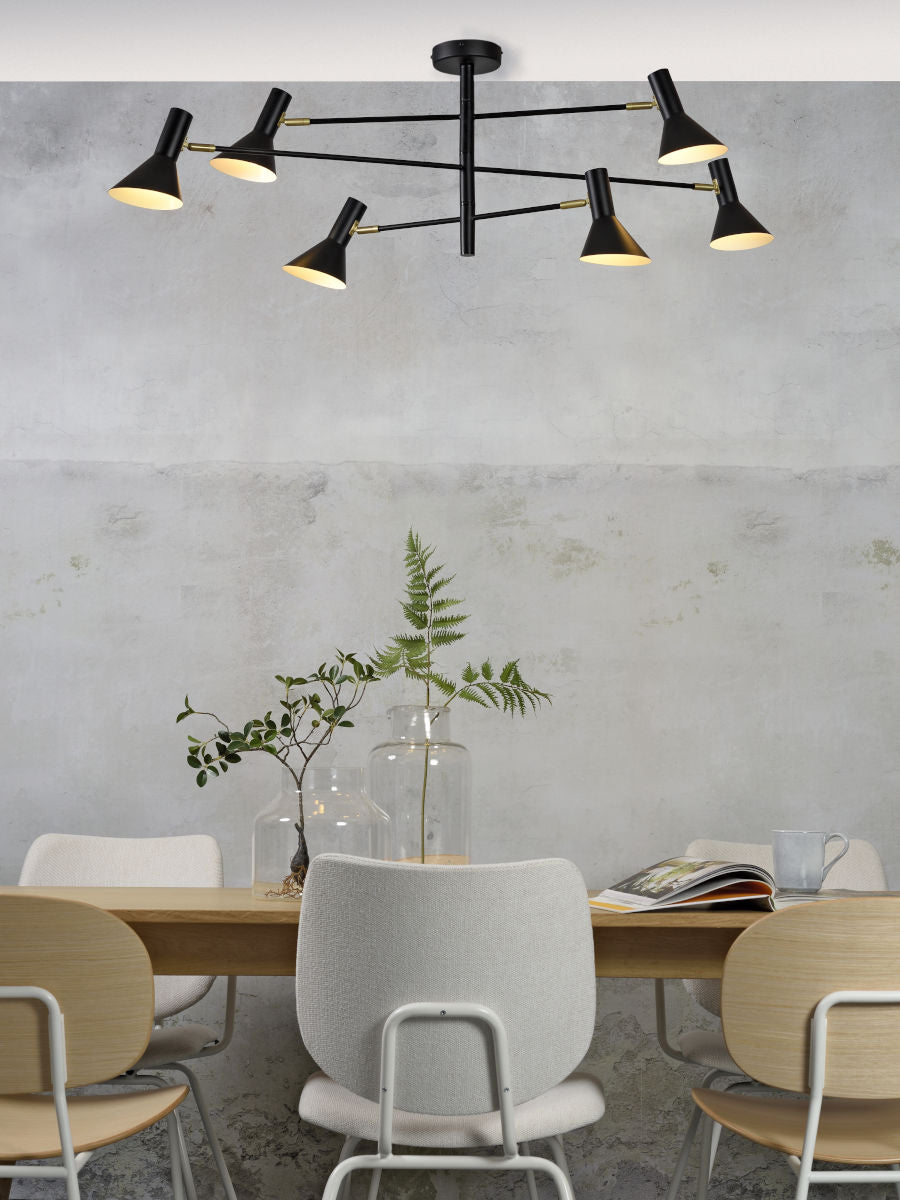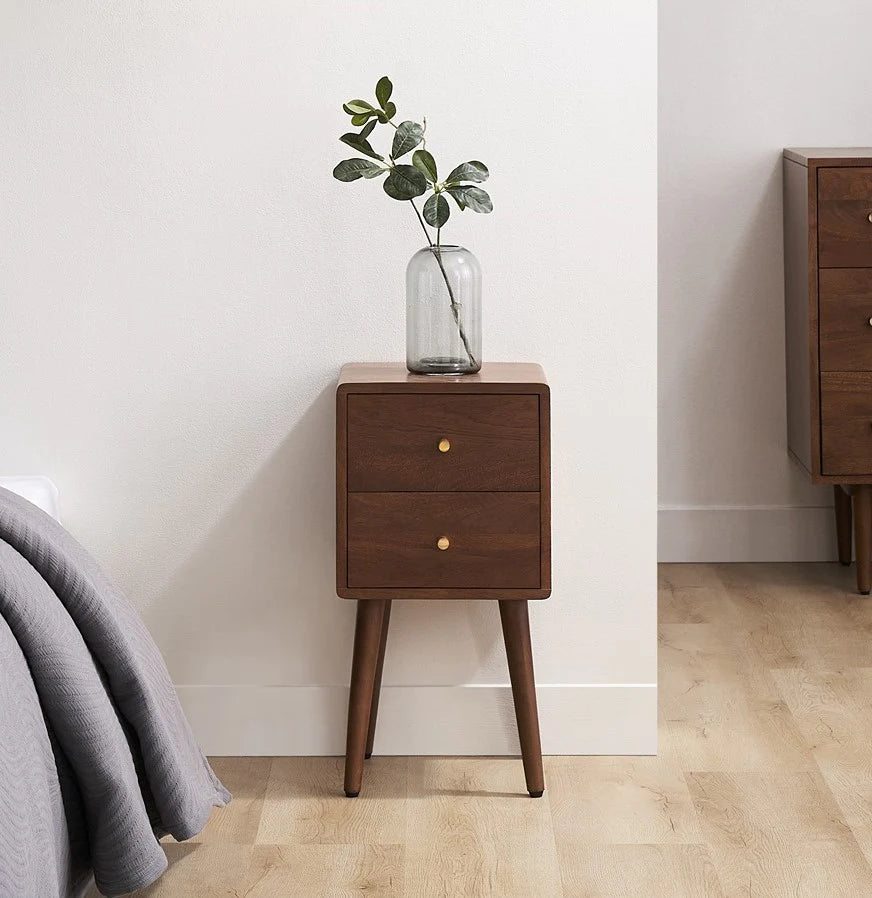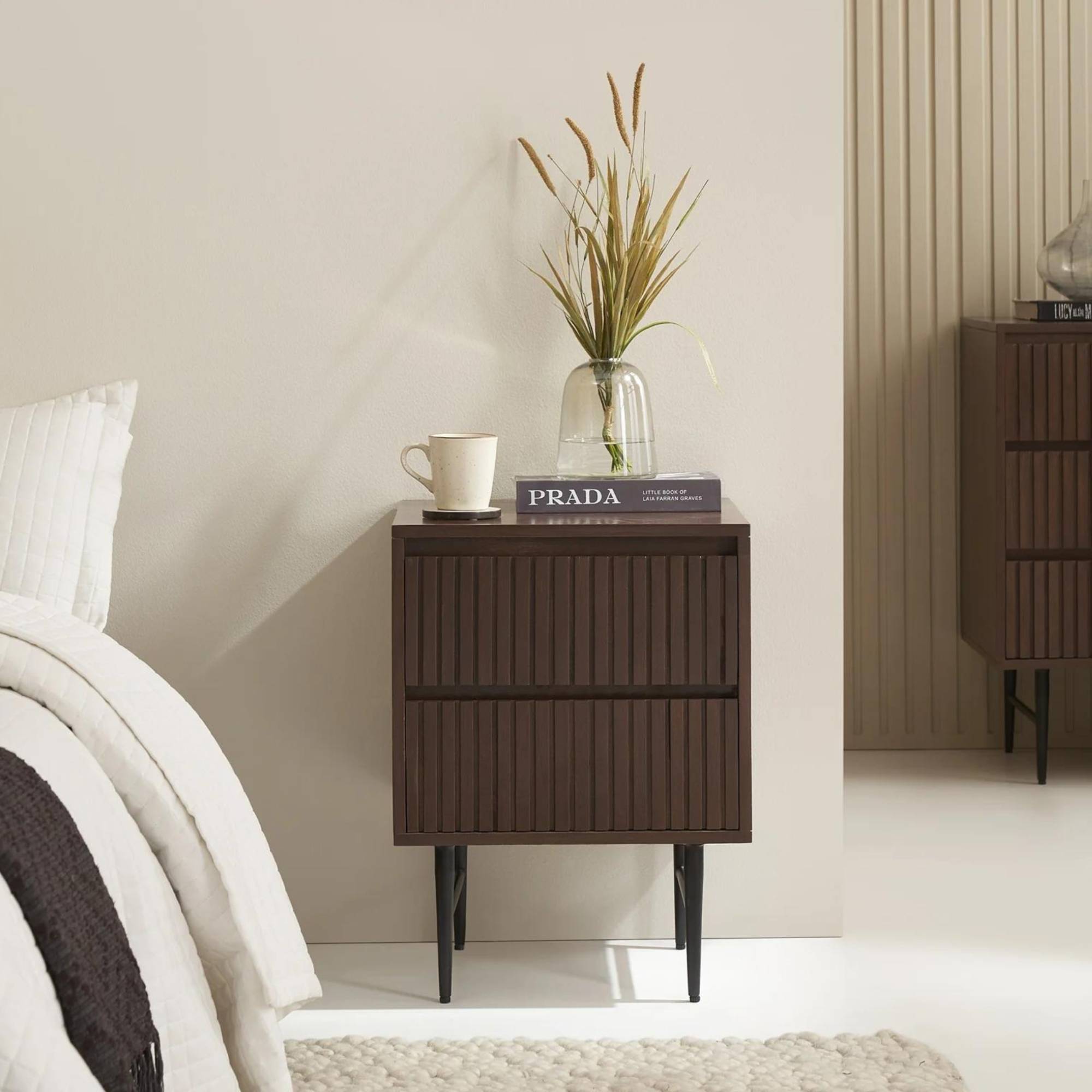Brighten Your Day: How Lighting Can Boost Your Mood
Step into a room bathed in warm, soft lighting, and it can instantly make you feel more relaxed and at ease. That's because lighting has a powerful impact on our mood and emotions. In fact, research has shown that the right lighting can have a significant positive effect on our overall well-being.
Whether it's natural sunlight streaming through a window or the gentle glow of a carefully placed lamp, the right lighting can create a soothing ambiance and boost our mood. Bright, cool lighting, on the other hand, can increase energy levels and improve focus.
But how exactly does lighting affect our mood? Well, it all comes down to the effect it has on our brain and body. Different types of light can stimulate the production of specific hormones, such as serotonin and melatonin, which play a crucial role in regulating our mood and sleep patterns.
So, if you're feeling a bit down or simply want to create a more uplifting atmosphere in your home or office, it might be time to reassess your lighting choices. In this article, we'll explore the various ways in which lighting can boost your mood and offer some practical tips on how to maximize its effects. Get ready to brighten your day and elevate your mood with the power of lightin

The impact of lighting on mood
Lighting has a profound influence on our mood. It can evoke certain emotions, create a specific ambiance, and even affect our behaviour. This is because light stimulates the production of hormones in our brain, which play a crucial role in regulating our mood and sleep patterns.
One hormone that is particularly affected by lighting is serotonin. Serotonin is often referred to as the "feel-good" hormone, as it contributes to feelings of happiness and well-being. Exposure to natural light, in particular, can increase serotonin levels, leading to a more positive mood.
On the other hand, melatonin, a hormone responsible for regulating sleep patterns, is influenced by the amount and type of light we are exposed to. Bright, cool lighting can suppress melatonin production, making us more alert and focused. This is why it's essential to consider the type of lighting we use in different environments.
Benefits of natural light
Natural light has numerous benefits for our mood and overall well-being. Sunlight is a natural mood booster, as it triggers the release of serotonin in the brain. This can help alleviate symptoms of depression and improve our overall mood.
In addition to its mood-enhancing properties, natural light also provides a range of health benefits. It helps regulate our sleep-wake cycle, ensuring we get enough restful sleep. Exposure to natural light also boosts vitamin D production, which is essential for strong bones and a healthy immune system.
To maximize the benefits of natural light, try to spend time outdoors during daylight hours. Open your curtains or blinds to let in as much natural light as possible. If you're unable to access natural light, consider using full-spectrum light bulbs that mimic the natural spectrum of sunlight.
The role of artificial lighting
While natural light is ideal, artificial lighting also plays a significant role in influencing our mood. In fact, the right artificial lighting can replicate the effects of natural light and provide similar benefits.
When choosing artificial lighting, it's important to consider the colour temperature of the bulbs. Warm, soft lighting, with a colour temperature of around 2700K to 3000K, creates a cosy and relaxing atmosphere. This type of lighting is perfect for bedrooms, living rooms, and other spaces where you want to unwind and de-stress.
On the other hand, cool, bright lighting, with a colour temperature of around 5000K to 6500K, is ideal for areas where you need to be alert and focused. This type of lighting is often used in offices, study areas, and kitchens, where productivity and concentration are key.
Choosing the right lighting for different spaces
Different spaces require different lighting to create the desired mood and ambiance. Here are some tips for choosing the right lighting for various areas in your home or office:
- Living Room: Opt for warm, soft lighting to create a cosy and inviting atmosphere. Use a combination of table lamps, floor lamps, and overhead lighting to provide both ambient and task lighting.
- Bedroom: Choose lighting that promotes relaxation and sleep. Use dimmable bedside lamps or wall sconces to create a soothing ambiance before bedtime. Avoid bright, blue light, as it can interfere with melatonin production and disrupt sleep.
- Kitchen: Bright, cool lighting is essential in the kitchen, where you need to see clearly and work efficiently. Install recessed or track lighting to provide adequate task lighting for food preparation. Consider adding under-cabinet lighting to illuminate countertops.
- Home Office: Opt for bright, cool lighting to promote focus and productivity. Position your desk near a window to maximize natural light. Use a desk lamp with a daylight bulb for task lighting. Consider adding a floor lamp or overhead lighting to ensure the entire space is well-lit.
Remember that lighting should be adjustable to accommodate different activities and moods. Dimmer switches and smart lighting systems can help you easily control the intensity and colour temperature of your lighting. You’ll find a wide selection of lighting at malletandplane.com including the plant based lighting collection by Good&Mojo.

Lighting techniques to enhance mood
In addition to choosing the right lighting for different spaces, there are several techniques you can use to enhance the mood and ambiance further:
- Layered Lighting: Combine different types of lighting, such as ambient, task, and accent lighting, to create depth and dimension. This creates a more visually appealing and dynamic space.
- Colour Psychology: Consider the psychological effects of colours when choosing lighting. Warm colours, such as oranges and yellows, can create a cosy and welcoming atmosphere. Cool colours, like blues and greens, promote calmness and relaxation.
- Lighting Fixtures: Pay attention to the design and style of your lighting fixtures. Choose fixtures that complement your overall interior design and enhance the desired mood. Consider pendant lights, chandeliers, or wall sconces as statement pieces.
- Lighting Control: Invest in smart lighting systems that allow you to control your lighting remotely. This gives you the flexibility to adjust the lighting based on your mood, activity, or time of day.
Lighting for productivity and focus
If you find it challenging to concentrate or stay focused, the right lighting can make a significant difference. Bright, cool lighting, similar to natural daylight, can improve alertness and enhance cognitive performance.
In a study conducted by the Lighting Research Centre, participants exposed to cool white light performed better on cognitive tasks compared to those exposed to warm white light. This suggests that cool lighting can boost productivity and mental clarity.
To create a productive workspace, position your desk near a window to maximize natural light. Use a combination of task lighting and overhead lighting to ensure adequate illumination. Avoid glare by positioning your computer screen away from direct light sources.
Lighting for relaxation and stress relief
Creating a soothing and relaxing environment is essential for reducing stress and promoting overall well-being. Soft, warm lighting can help create a calm and tranquil atmosphere, perfect for unwinding after a long day.
Consider using dimmable lighting fixtures or lamps with adjustable brightness settings. This allows you to customize the lighting based on your mood and the desired level of relaxation. Install blackout curtains or blinds to block out external light sources and create a cozy, cocoon-like space.
Lighting for better sleep
Quality sleep is essential for our physical and mental health. The right lighting can help regulate our sleep-wake cycle and improve the quality of our sleep.
In the evening, it's important to minimize exposure to bright, blue light, as it can suppress melatonin production and interfere with sleep. Avoid using electronic devices before bedtime and switch to warm, dim lighting in your bedroom.
Consider installing dimmer switches or using smart bulbs that allow you to gradually dim the lights in the evening, signalling to your body that it's time to wind down and prepare for sleep. Invest in blackout curtains or blinds to block out external light sources that can disrupt your sleep.

Incorporating lighting into interior design
Lighting is an integral part of interior design and can greatly enhance the overall aesthetic of a space. By strategically incorporating lighting into your design, you can create a visually stunning and harmonious environment.
Consider the following tips for incorporating lighting into your interior design:
- Highlight Architectural Features: Use accent lighting to draw attention to architectural features, such as exposed brick walls, high ceilings, or artwork. This adds depth and visual interest to the space.
- Task Lighting: Incorporate task lighting into areas where specific activities take place, such as reading nooks, study areas, or kitchen countertops. This provides focused illumination and makes the space more functional.
- Statement Lighting: Use statement lighting fixtures, such as chandeliers or pendant lights, as focal points in a room. This adds a touch of elegance and personality to the space.
- Layered Lighting: Create a layered lighting scheme by combining different types of lighting, such as ambient, task, and accent lighting. This adds depth and creates a more inviting and dynamic space.
Conclusion: Harnessing the power of lighting for a happier, healthier life
As we've seen, lighting has a profound impact on our mood and overall well-being. From natural light to artificial lighting, the right lighting choices can significantly enhance our mood, energy levels, and sleep patterns.
By choosing the right lighting for different spaces, incorporating lighting techniques, and considering the psychological effects of colours, you can create a harmonious and uplifting environment. Whether it's a cosy living room, a productive home office, or a tranquil bedroom, lighting has the power to transform any space into a sanctuary of positivity and well-being.
So, take a moment to reassess your lighting choices and make the necessary adjustments to brighten your day and elevate your mood. Harness the power of lighting and embrace a happier, healthier life. Your mind and body will thank you.

Sources:
- National Sleep Foundation: https://www.sleepfoundation.org/articles/how-light-affects-your-sleep
- Lighting Research Center: https://www.lrc.rpi.edu/programs/lightHealth/mentalHealth/lightMentalHealth.asp
- Healthline: https://www.healthline.com/health/depression/benefits-sunlight#1




Leave a comment
This site is protected by hCaptcha and the hCaptcha Privacy Policy and Terms of Service apply.